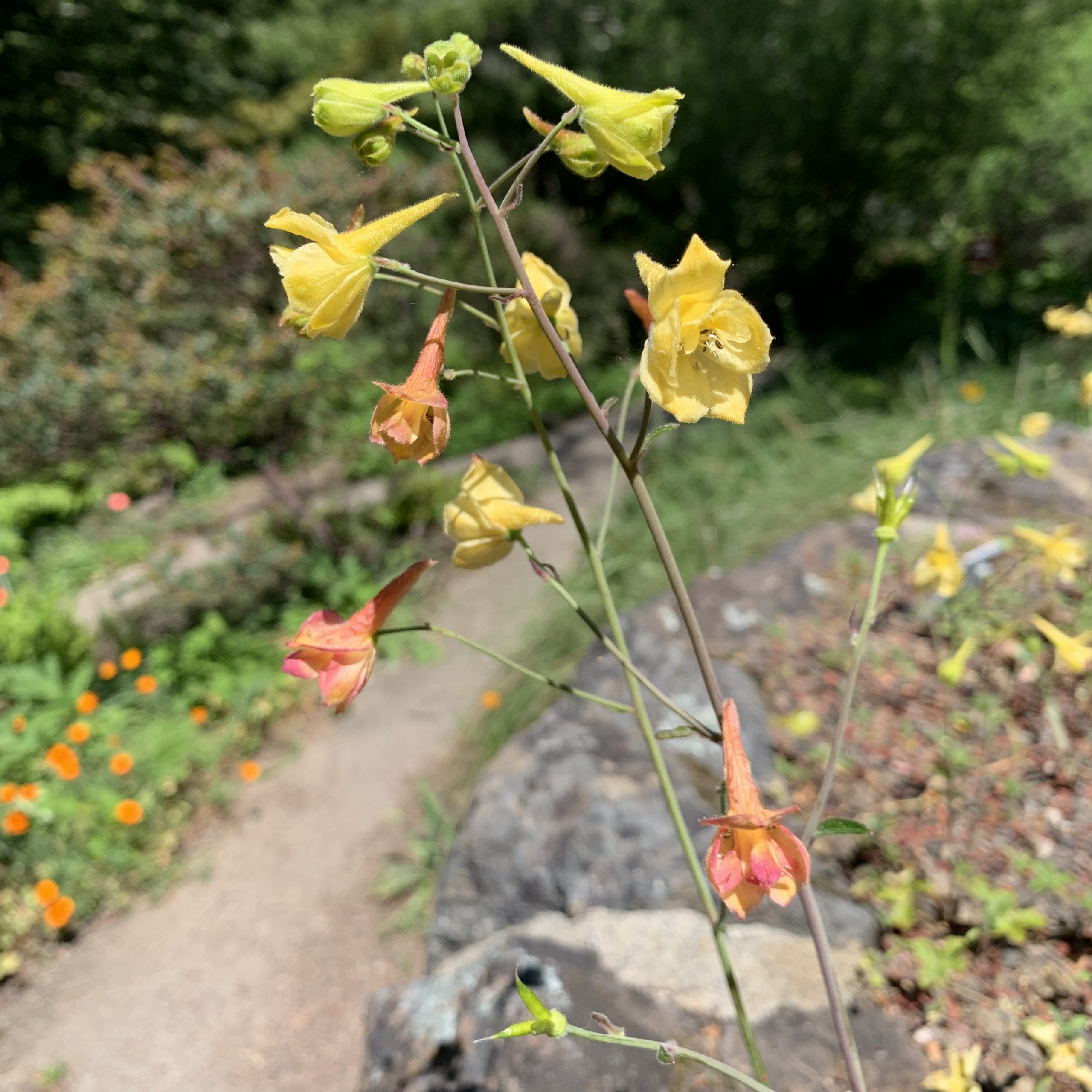Where Rare Plants are Free to Flourish
In the hills above Berkeley, a California native plant sanctuary nurtures rare species in a creative way. Like many botanic gardens, Regional Parks Botanic Garden (RPBG) is organized by ecological-geographical sections that represent key ecosystems of California, from Shasta-Klamath to Southern California, with subsections that highlight special regions, such as the Antioch Dunes. New species brought in find a home in their appropriate section—but that doesn’t mean they stay there. Short-lived annuals and biennials are prone to find their own preferred habitats within the garden. And if the species happens to be rare, RPBG often allows the plants to stay there.
Vine Hill clarkia (Clarkia imbricata), known from only one transplanted population and an extirpated wild population in Sonoma, California, flourishes at RPBG—where it proved to have a mind of its own. Over time, the endangered clarkia migrated downhill from its initial site into the Sierra section. Similarly, the federally listed Contra Costa wallflower (Erysimum capitatum ssp. angustatum), although thriving in the Antioch Dunes subsection, has been steadily invading the adjacent Foothills subsection for years.
The garden’s laissez-faire approach to maintaining annuals and perennials works with extremely rare species in cases where only one wild population is represented in the collection, eliminating any worry about mixing genetics across populations. Very recently, however, the garden experienced hybridization of two endangered species of the genus (see below). While they have let these plants stay in their preferred homes, they are now careful to dock the flowers of the hybrid morphologies and mark their stems for removal after the growing season.
RPBG maintains records of provenance (place of origin) for its conservation collections so that the material may be used as a source of seed or plants to support wild populations. From the early days of the garden, this recordkeeping and care for rare plants has proven helpful to conservationists working with wild populations. James Roof, founder and first director of the garden, collected plants from San Francisco and San Bruno Mountain plants—even those considered common—whose homes were already being threatened by development. One of Roof’s collections, Leo Brewer’s manzanita (Arctostaphylos uva-ursi var. leobreweri), was extirpated from San Bruno Mountain as the result of a fire shortly after the collection was made. Successful establishment of this shrub at the garden enabled RPBG to support its reintroduction to the mountain in the 1980s. Similar efforts to restore the federally endangered Franciscan manzanita (A. hookeri ssp. franciscana) at the Presidio in San Francisco draws upon a population established at the garden in the 1940s for restoration material.
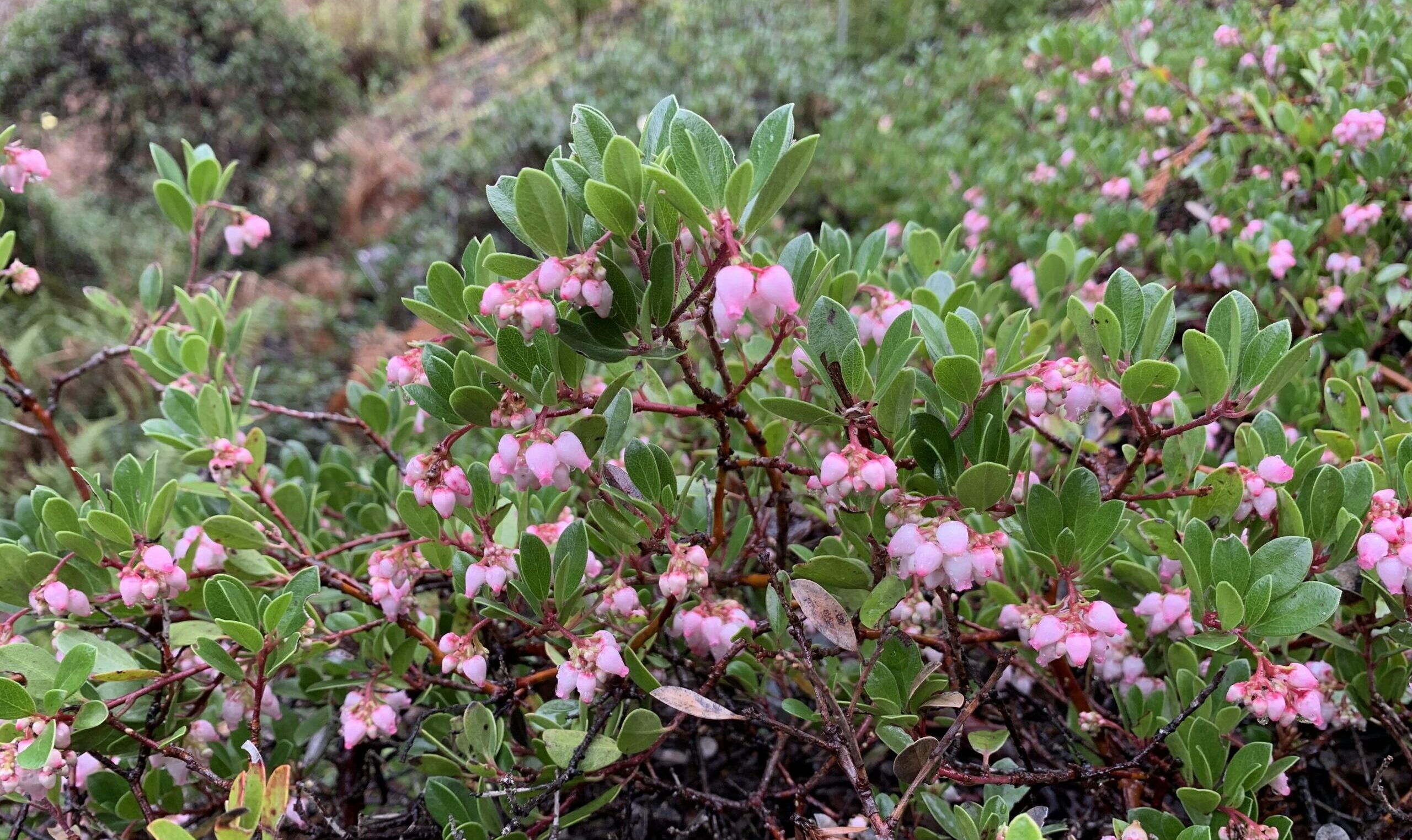
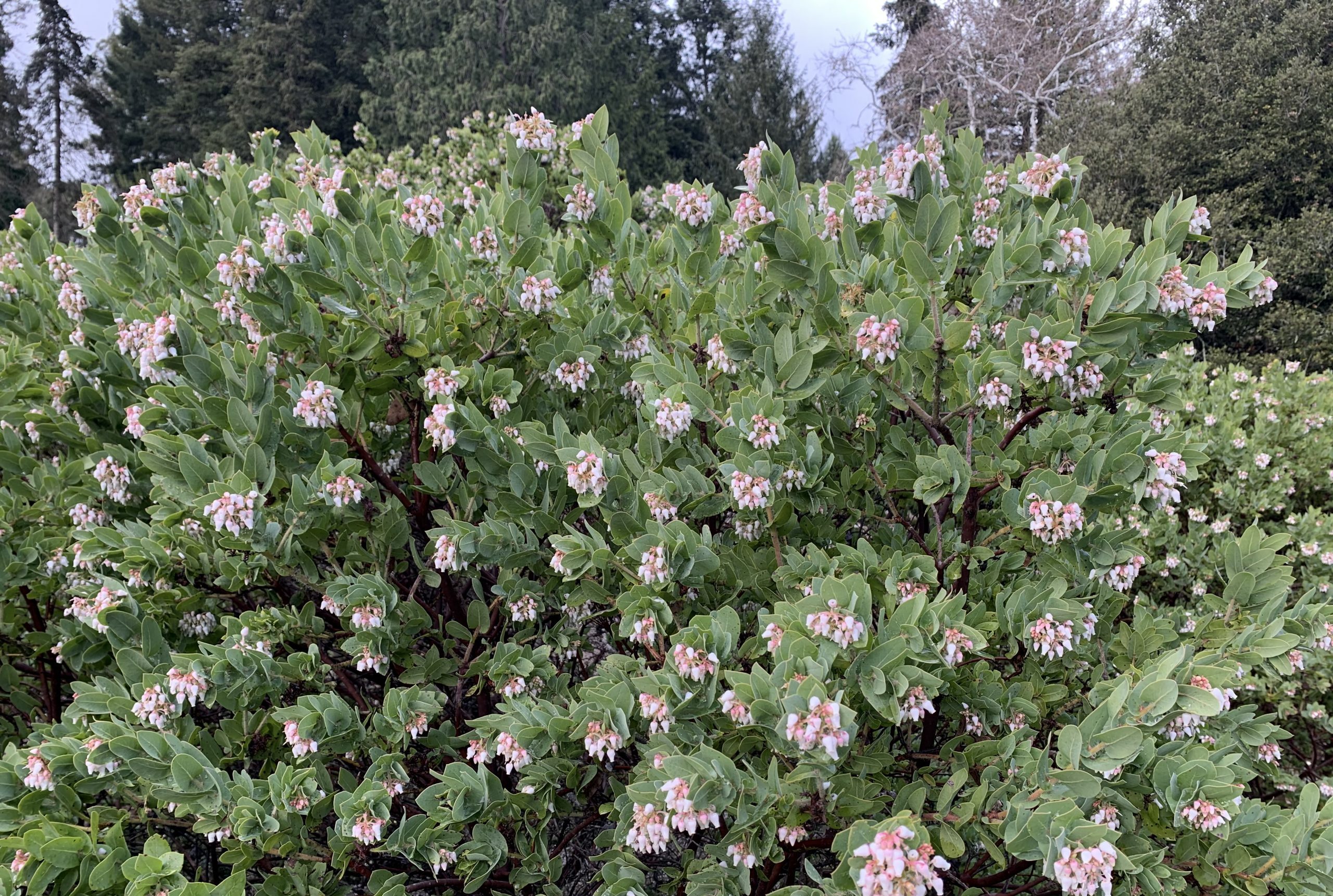
More than 300 types of rare plants and many common plants from across California are currently maintained at RPBG. Located in Wildcat Canyon in Tilden Regional Park, the garden enjoys a happy medium between inland heat and cool coastal damp. The site offers ideal growing conditions for both northern and southern California species, from coast to deserts.
RPBG is proud host to the world’s most complete collection of California manzanitas (Arctostaphylos) and a robust collection of California geophytes, covering species endemic to remote corners of the state. Garden staff members are each responsible for their own areas, applying carefully developed regional knowledge to handle propagation through daily care. The combination of an ideal location and a focused, professional staff gives RPBG success in growing plant species that struggle elsewhere. Although the garden does not propagate plants benches or propagate in mass or for seed production, its collections have proven quite helpful to UC Botanic Garden (a CPC participating institution) and other collaborators working to revive wild populations of rare plants.
-

Yadon's wallflower (Erysimum menziesii var. yadonii) though no longer recognized as a subspecies, is another short-lived endangered species finding success at RPBG. Photo by Bart O'Brien, courtesy of Regional Parks Botanic Garden. -
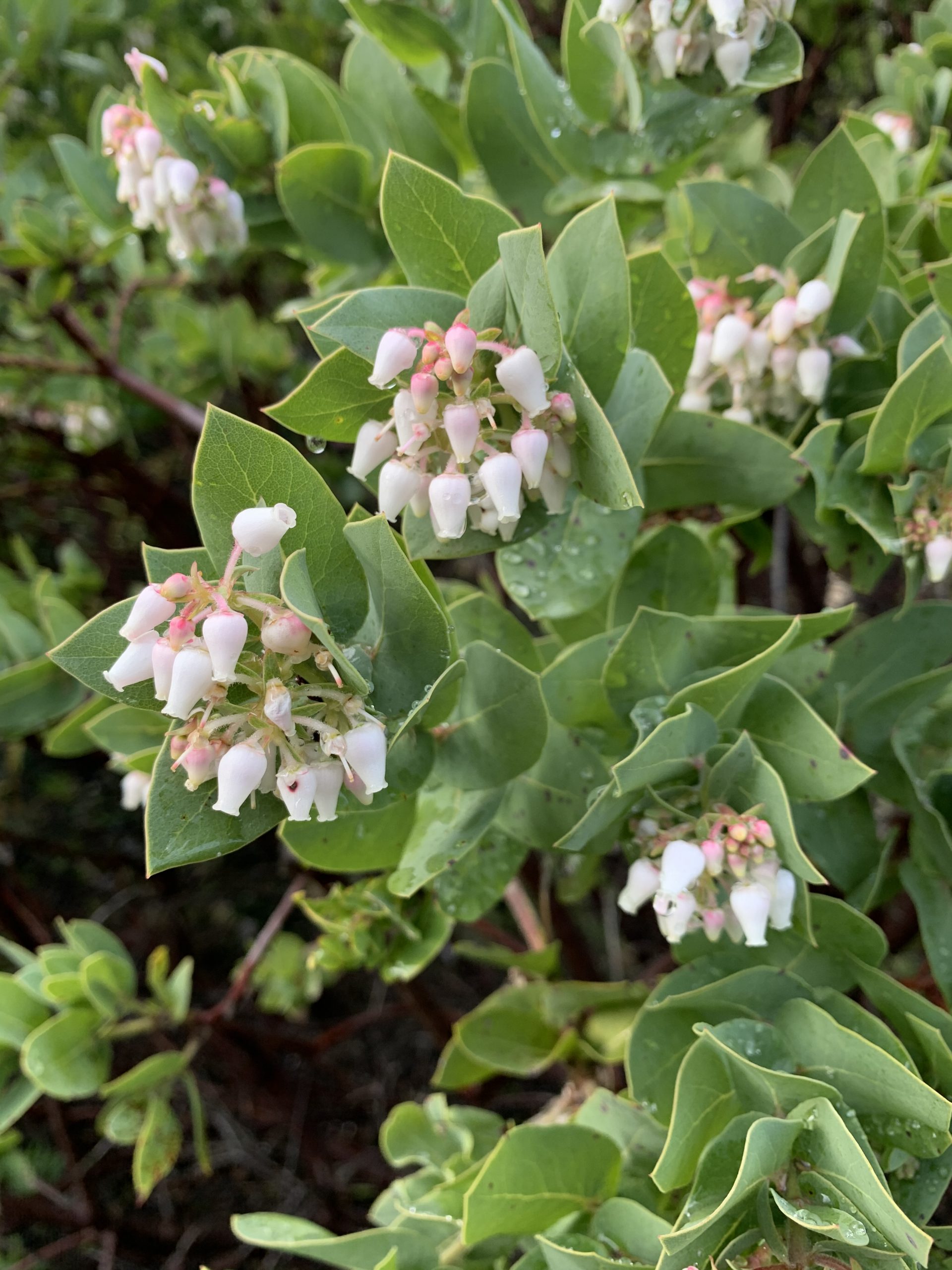
Regional Parks Botanic Garden staff have propagated Alameda manzanita (Arctostaphylos pallida), listed by the state of California as endangered, to supplement wild populations in the Oakland foothills. Photo by Bart O'Brien, courtesy of Regional Parks Botanic Garden. -
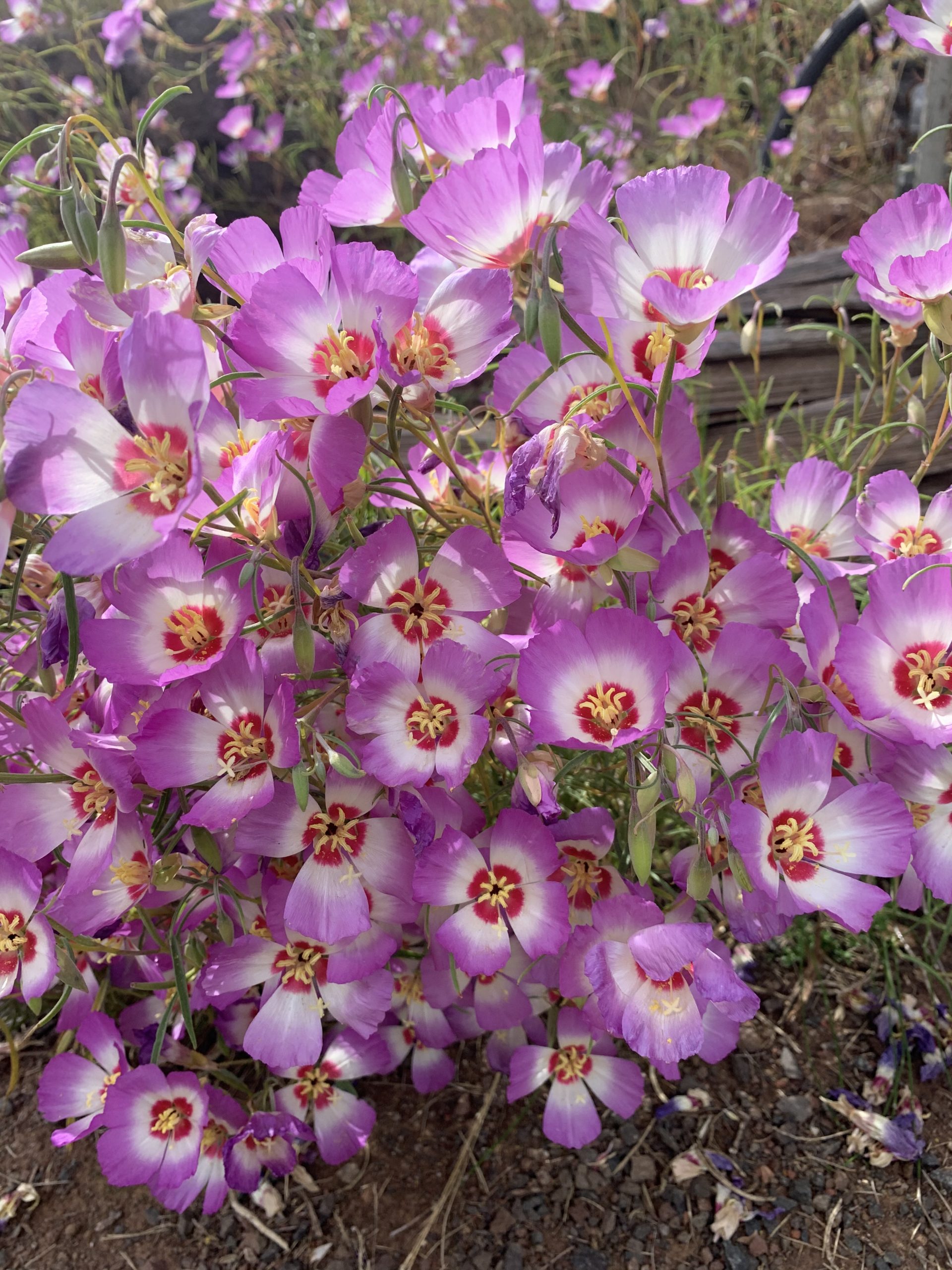
White-stemmed clarkia (Clarkia gracilis ssp. albicaulis) is a rare annual herb thriving in RBPG. The is able to grow clarkia from all across the state given its unique location. Photo by Bart O'Brien, courtesy of Regional Parks Botanic Garden.
Hybridization of Two Endangered Delphinium Species
When yellow larkspur (Delphinium luteum) and Baker’s larkspur (Delphinium bakeri) were originally added to the Regional Parks Botanic Garden decades ago, it was possible to maintain both in the same section of the garden. Hybridization was not viewed as a possibility because the Baker’s larkspur pushed up green leaves later and flowered well after the other species had completed its bloom. In the past two years, however, Director Bart O’Brien and his staff have noticed blue flowers and different leaves mixed in with the yellow larkspur. How could this be? It turned out that the Baker’s larkspur–the only blue-flowered larkspur in the collection–was beginning to flower earlier. The unusual blue-flowered plants appearing among the yellow larkspur were indeed likely to be hybrids between the two endangered plants.
Maintaining the genetic integrity and uniqueness of these populations is vital, especially since these rare plants may again serve to bolster wild populations. In fact, RPBG has already helped bolster the UC Botanic Garden seed collections with their collections. To protect the collection, hybrids are not allowed to set seed. For these larkspurs, the team docks the flowers of the hybrids and later pulls rootstocks when all the plants in the bed are dormant.
Although the garden environment is fundamentally different from the wild, both are subject to change. The effects of climate change on plant growth and flowering present increasing challenges to garden managers. Fortunately, RPBG has come up with a solution to protect the genetic integrity of these two beautiful and threatened plants.
